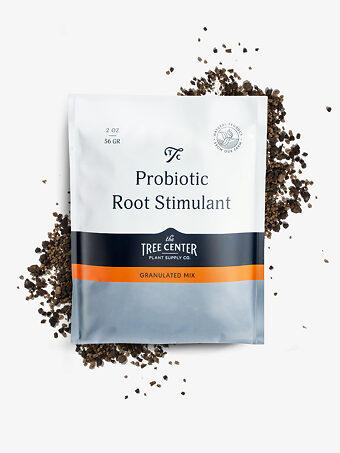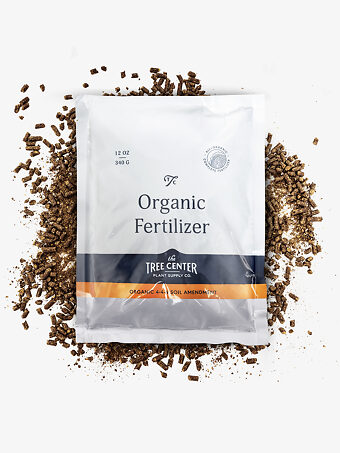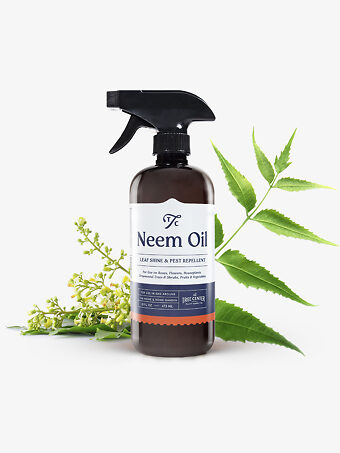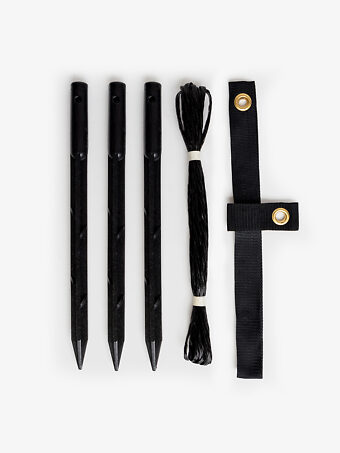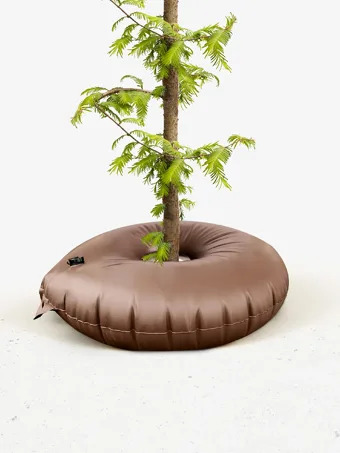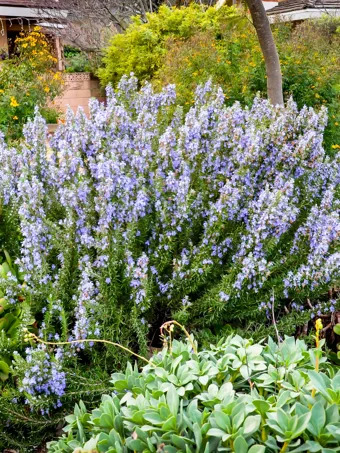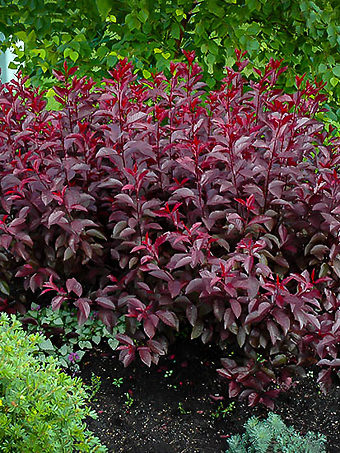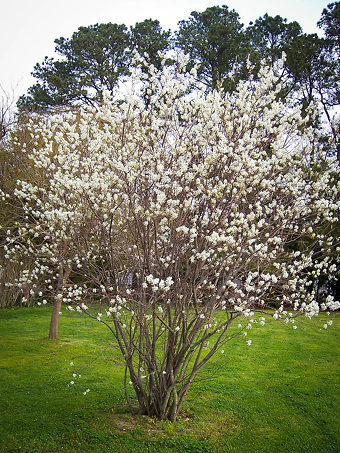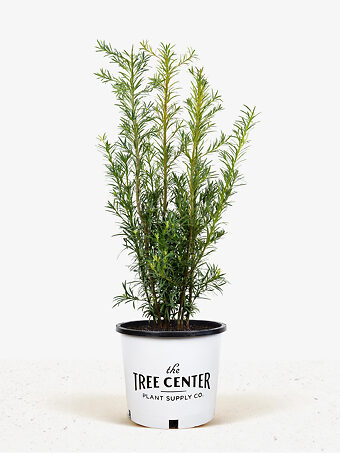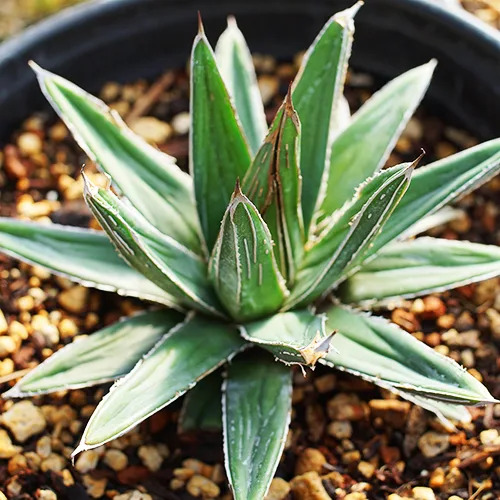
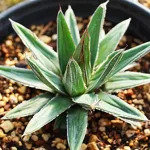
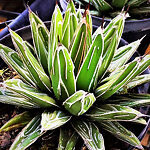
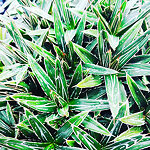
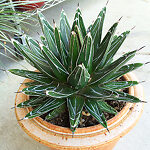

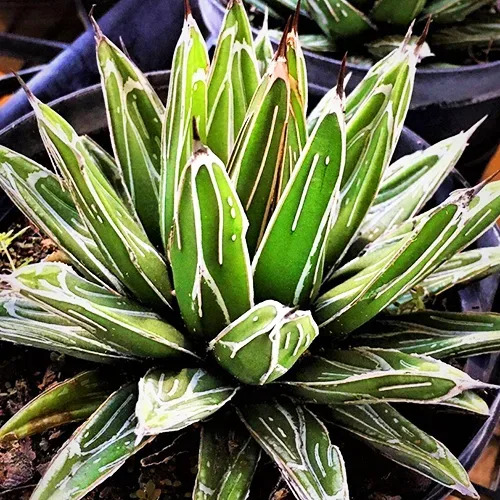
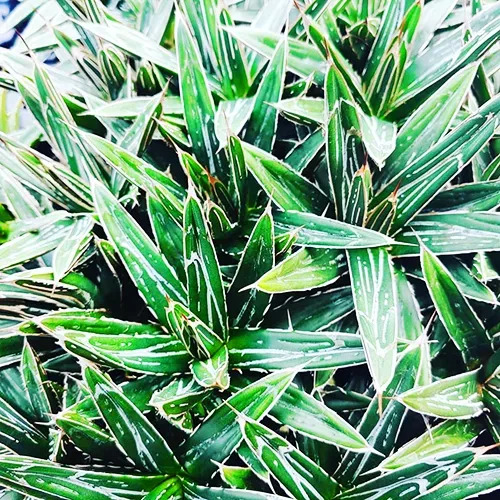
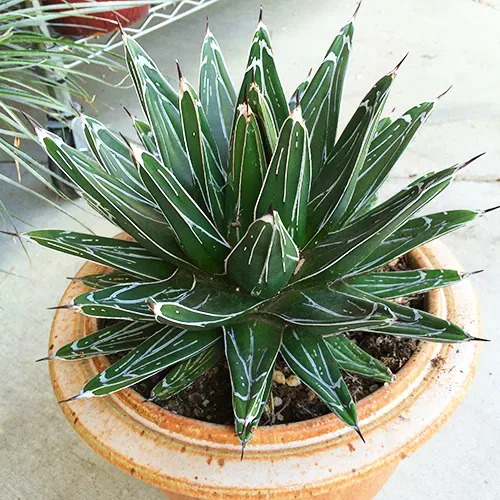
Porcupine Agave
Agave victoriae-reginae 'Porcupine'View more from Other Shrubs & Hedges
Porcupine Agave
Agave victoriae-reginae 'Porcupine'
this item doesn’t ship to
Porcupine Agave is a special, rosette-forming perennial plant that is remarkable for the perfect symmetry of its leaf arrangement. The fleshy leaves are elegantly marked with white lines, and they end in a short black spine. This slow-growing plant reaches the size of a basketball in 10 years, and after 20 years may send up a 15-foot flower spike, with yellow blooms attractive to hummingbirds. Grow it on dry slopes and banks, among gravel and rocks, or in a pot. It can be grown outdoors in hot zones, or as an indoor or porch plant in areas with cold winters.
- Symmetrical rosette of flesh leaves
- Beautiful white leaf markings
- Very drought resistant
- Mature plants bloom with a tall flower-spike
- Excellent potted plant or outdoors in hot zones
Full sun is best for the Porcupine Agave, which should be grown in soil that is very well-drained. In areas with winter rains, plant on a slope or elevated place. Tolerates temperatures below freezing when dry. In pots, use soil for cacti and succulents, and only water when the soil is completely dry. Fertilizer a little during summer. Pests and diseases are normally not a problem, and deer leave this plant alone.

Botanical Name:
Agave victoriae-reginae 'Porcupine'
Mature Width:
1-2 ft
Mature Height:
1 ft
Grows Well In:
Zones 8-10
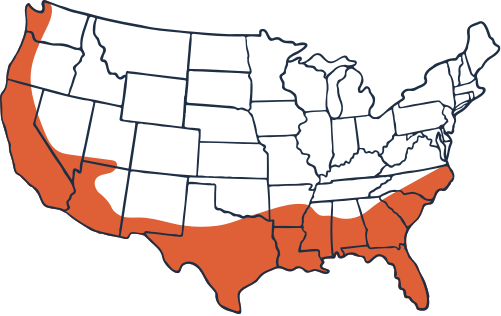
Sun Needs:
Full Sun
Water Needs:
Low
Growth Rate:
Slow
Flower Color:
Yellow
Flowering Season:
Spring, Summer
